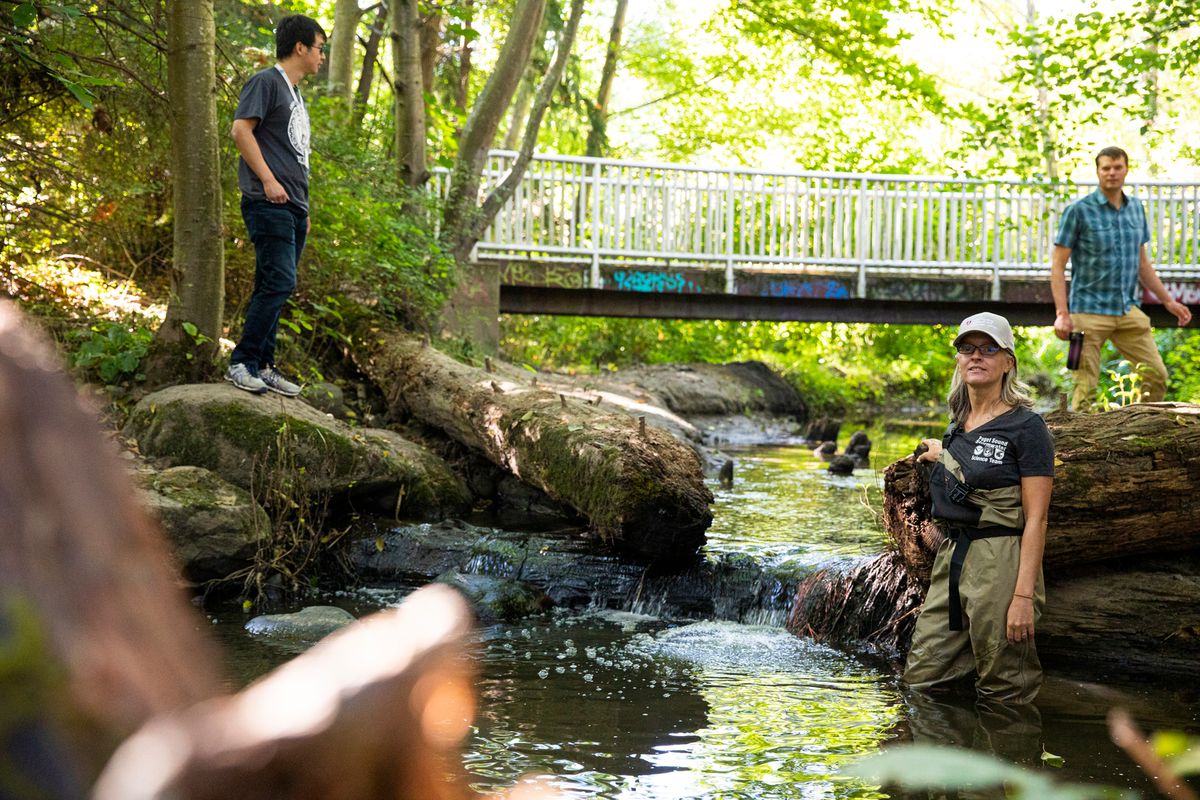Here's a great example of a research story from the University of Washington that's so good that it's driving new legislation, disrupting the global tire industry and accelerating the construction of stormwater treatment systems.
What did this team of scientists do right to have such an amazing impact? In addition to producing incredible research, they invested time and energy in telling their story.
As scientists, they:
- Got published in Science - a leading journal.
- Practiced telling their story out loud to make it easy to understand.
- Used analogies to translate complex concepts.
- Made time to work with their university's news team - not just to give an interview, but also to go out into the field to shoot a 3-minute video.
- Continued to be available to tell their story in follow-up media interviews, webinars and presentations.
As storytellers, the university news team:
- Framed the work as a mystery, showing us the researchers' struggles and failures - not just their successes. This got us to cheer for them, plus made the story easier to remember and share. (Not telling showing us the messy middle of the journey is the single biggest mistake I see in scientific storytelling).
- Provided background photos and video footage for reporters to use.
- Produced a short, standalone YouTube video to share the story in a different format and channel.
- Produced a simple animation to illustrate their process.
The result is that their story has been amplified by global news networks, NGOs, government agencies, industry and other researchers. In just two years, they've managed to inspire action on an issue that's been ignored for decades.
That's a pretty good ROI for a few hours of storytelling work, I'd say.





